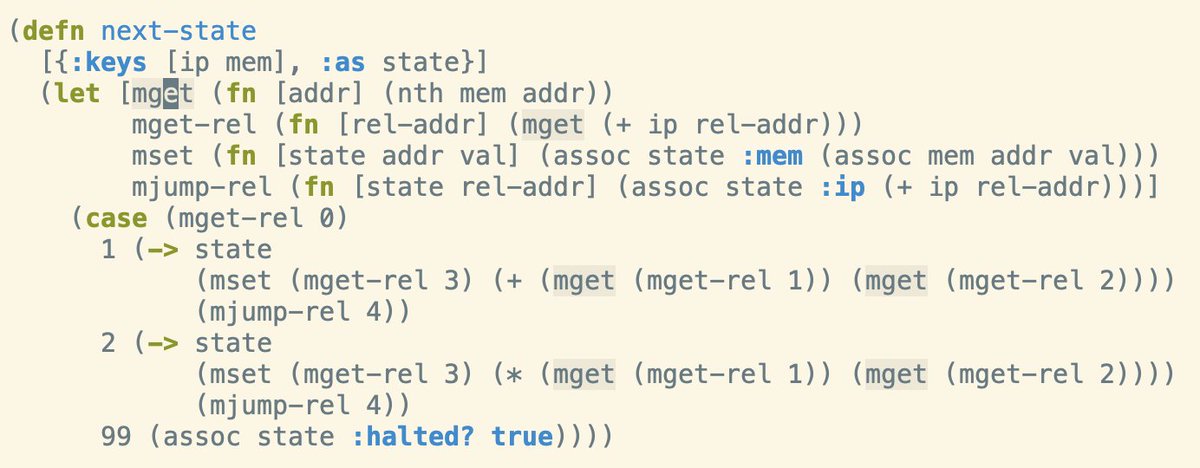Does LSP depend on an active REPL, you ask?
With LSP enabled, your Emacs or Vim is more interactive because it now groks Clojure. Here are a few examples of what you can do.
`lsp-find-definition` (often mapped to ctrl-click) allows you do jump from a name to the corresponding defn (or def or ns).
If all you want is to view the docstring, try `lsp-describe-thing-at-point`.
Can the static approach work if Clojure is a dynamic language? Yes! In fact Clojure(Script) lends itself well to static analysis - better than Python or Ruby.



